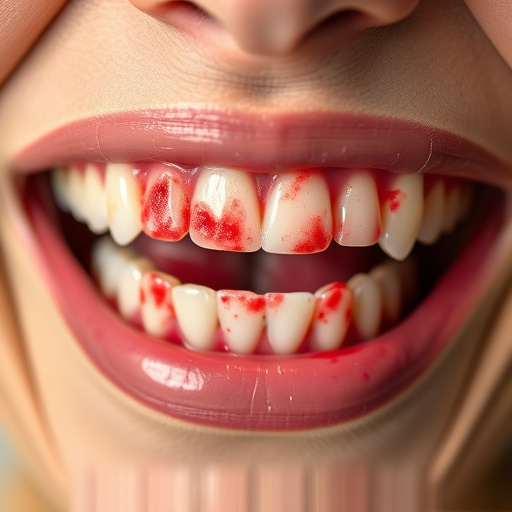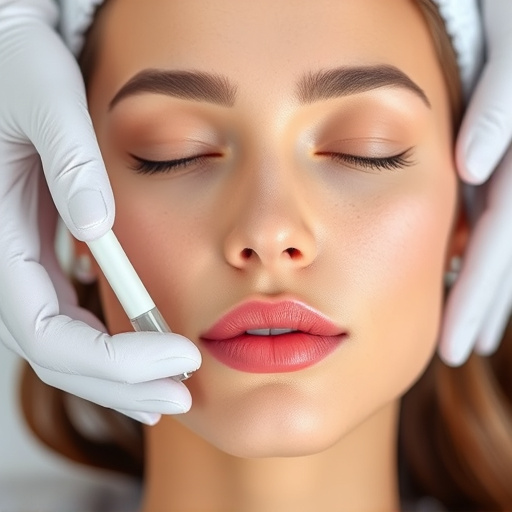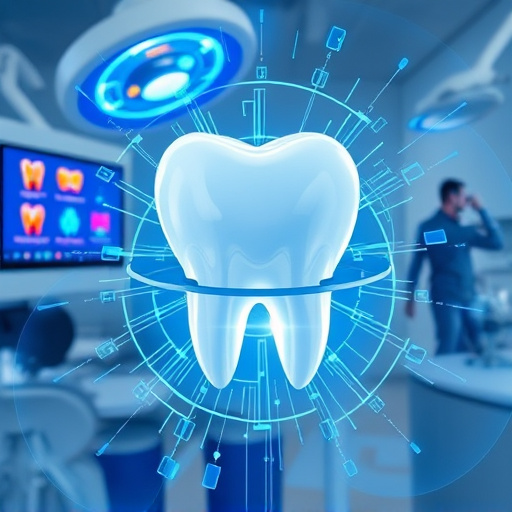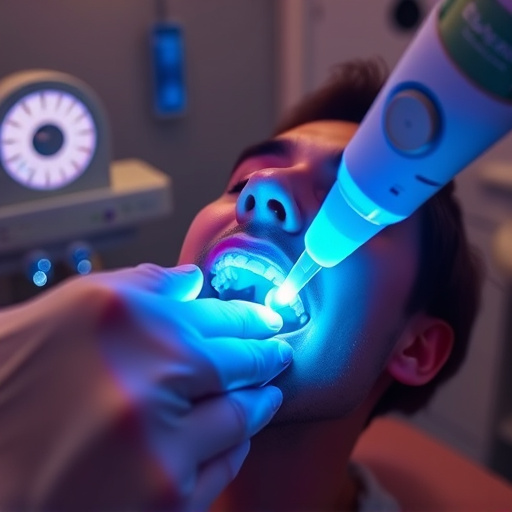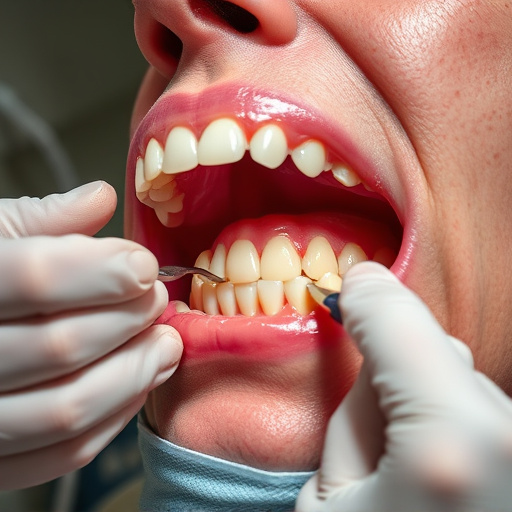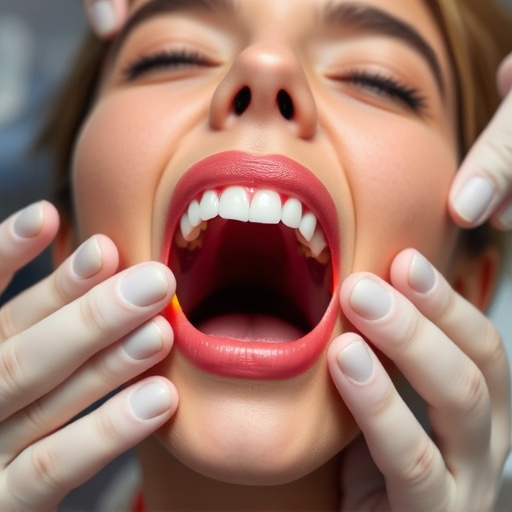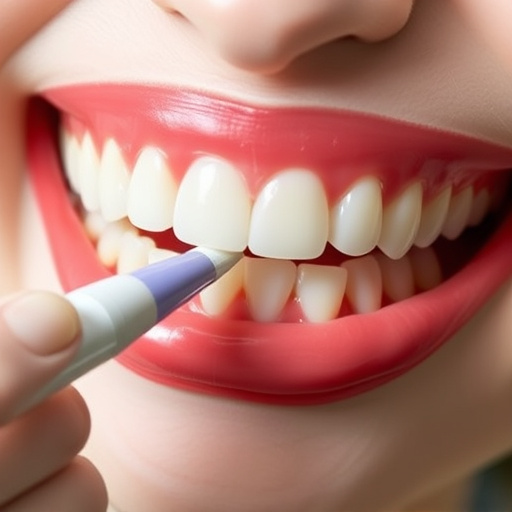Sleep apnea, with breathing pauses during sleep, increases stroke risk due to oxygen deprivation, atherosclerosis, high blood pressure, and irregular heart rhythms. Effective treatments like CPAP therapy, oral appliances, or dental interventions can lower these risks by promoting healthier sleep, stabilizing vital signs, and reducing clotting potential, significantly decreasing stroke probability. Integrating lifestyle changes, routine oral care, and prescribed therapy offers comprehensive stroke prevention for those with sleep apnea.
Sleep apnea, a common yet often overlooked condition, can have serious consequences, including an increased risk of stroke. This comprehensive guide explores how sleep apnea treatment plays a pivotal role in lowering this risk. We delve into the understanding of the connection between these two health issues and highlight the impact of effective therapy. Additionally, we discuss lifestyle changes that complement sleep apnea treatment for comprehensive stroke prevention.
- Understanding Sleep Apnea and Stroke Risk
- The Impact of Sleep Apnea Treatment on Stroke Prevention
- Lifestyle Changes: Complementing Sleep Apnea Therapy for Lowered Stroke Risk
Understanding Sleep Apnea and Stroke Risk

Sleep apnea is a sleep disorder characterized by pauses in breathing during sleep, leading to reduced oxygen levels in the blood. This condition can have severe consequences for overall health, particularly when it comes to stroke risk. In individuals with sleep apnea, the brain may not receive adequate oxygen supply, which over time can contribute to atherosclerosis (hardening and narrowing of arteries). Moreover, the repeated drops in blood oxygen levels can cause high blood pressure and irregular heart rhythms, further increasing the likelihood of a stroke.
The connection between sleep apnea and stroke is multifaceted. Effective management of sleep apnea through treatment options such as continuous positive airway pressure (CPAP) therapy or oral appliances can significantly lower these risks. By promoting healthier sleep patterns, these treatments help stabilize blood pressure, reduce heart rate variability, and minimize the risk of arrhythmias—all factors that play a crucial role in stroke prevention. Additionally, addressing sleep apnea can have indirect benefits for overall cardiovascular health, including potential improvements in weight management and reduced inflammation.
The Impact of Sleep Apnea Treatment on Stroke Prevention
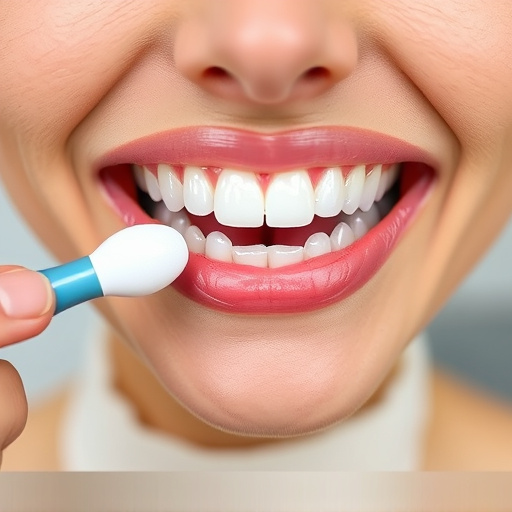
The impact of sleep apnea treatment on stroke prevention cannot be overstated. Sleep apnea is a condition characterized by pauses in breathing during sleep, leading to disrupted sleep cycles and potential health complications. Untreated, it significantly increases the risk of stroke due to elevated blood pressure, irregular heartbeat, and blood clot formation. However, implementing effective sleep apnea treatment plays a pivotal role in mitigating these risks.
By addressing sleep apnea, treatments such as continuous positive airway pressure (CPAP) therapy, oral appliances, or even surgical interventions like dental crowns or implants can help restore unobstructed breathing during sleep. This, in turn, normalizes blood pressure and heart rhythm, reduces the likelihood of blood clots, and ultimately lowers the chance of a stroke occurring. Incorporating these treatments into the management of sleep apnea is thus a proactive step towards safeguarding cardiovascular health.
Lifestyle Changes: Complementing Sleep Apnea Therapy for Lowered Stroke Risk
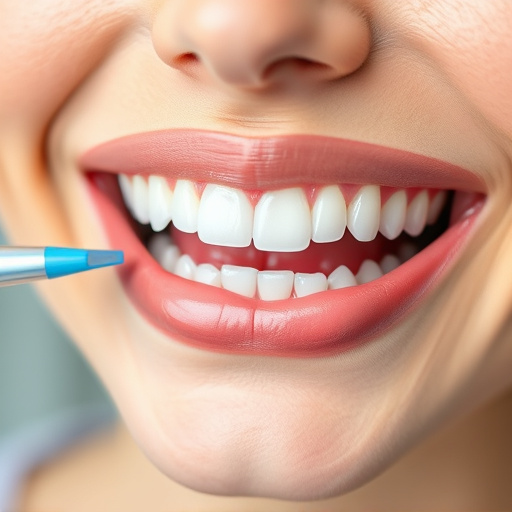
Sleep apnea treatment goes beyond wearing a CPAP mask at night. Lifestyle changes play a crucial role in complementing therapy and significantly lowering stroke risk. Adopting healthy habits like regular exercise, maintaining a balanced diet, and avoiding smoking or excessive alcohol can greatly impact overall health, including cardiovascular wellness.
In addition to these general practices, routine oral exams and dental care are essential. Sleep apnea often causes wear and tear on teeth and gums due to frequent snoring and mouth breathing. Dental crowns might be necessary to repair damaged teeth, while clear aligners can offer a more comfortable alternative to traditional braces for those with mild sleep apnea. By combining these lifestyle adjustments with recommended sleep apnea treatment, individuals can enhance their overall health and significantly reduce the chances of stroke.
Sleep apnea treatment isn’t just about improved sleep quality; it’s a powerful tool in reducing the risk of stroke. By addressing this condition, individuals can significantly enhance their overall cardiovascular health and well-being. Combining therapy with lifestyle modifications offers a comprehensive strategy for stroke prevention. Remember, early intervention and consistent adherence to treatment plans are key to reaping these benefits. So, take charge of your health and explore sleep apnea treatment as a proactive step towards a healthier future.

